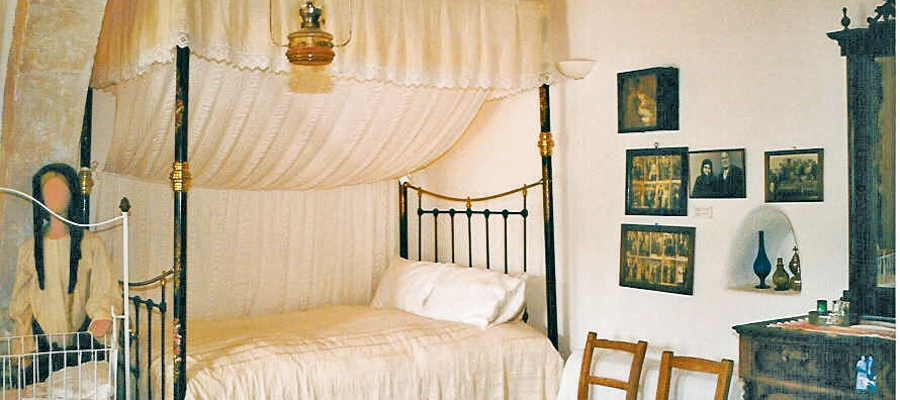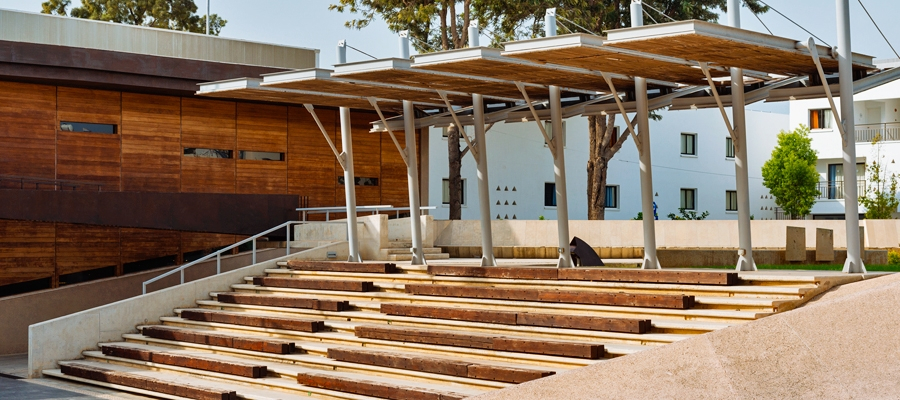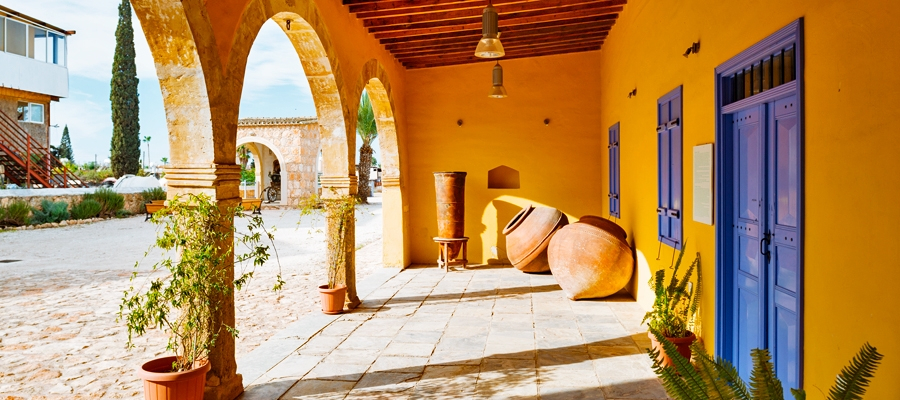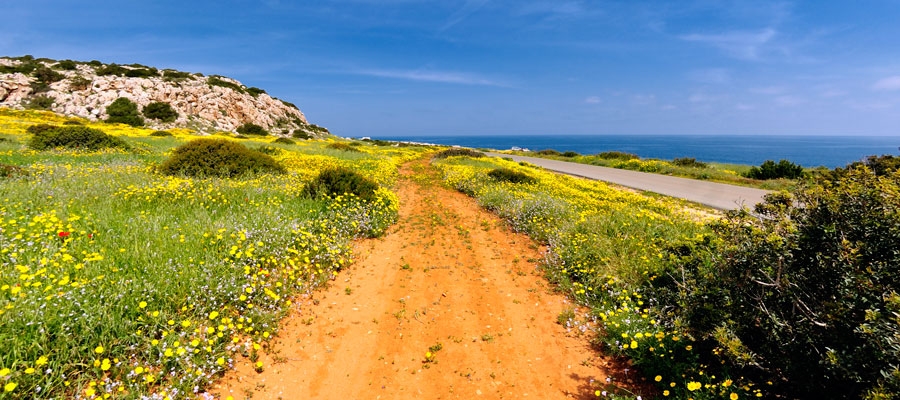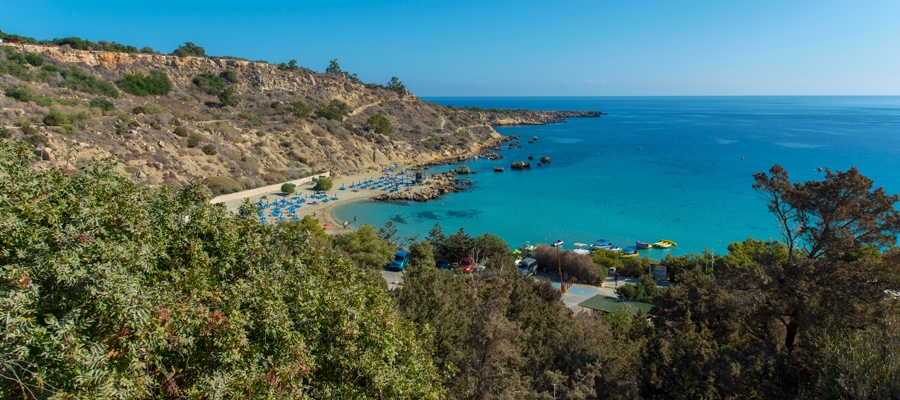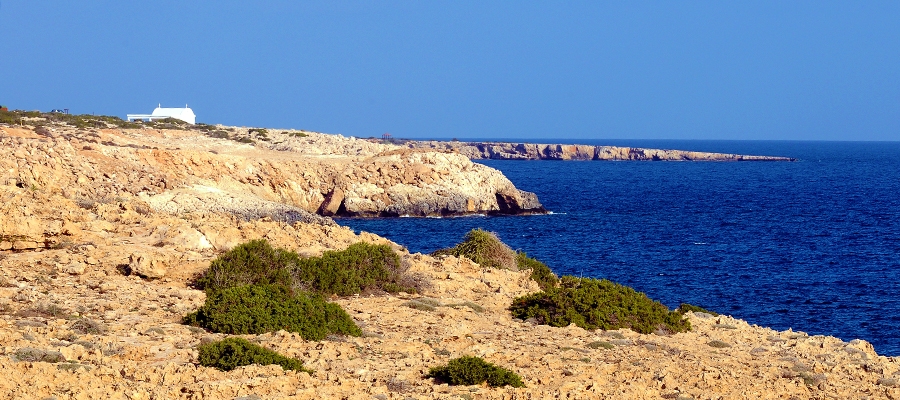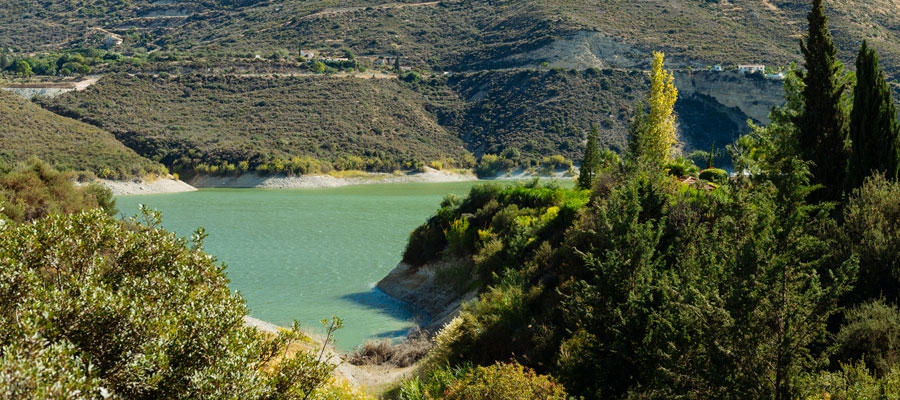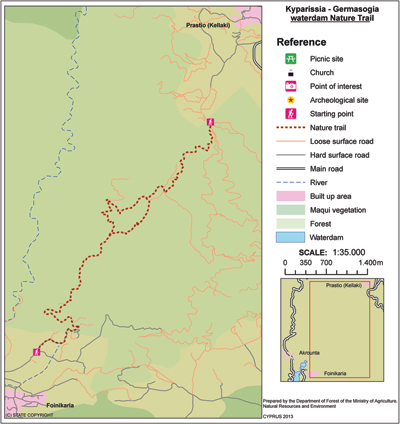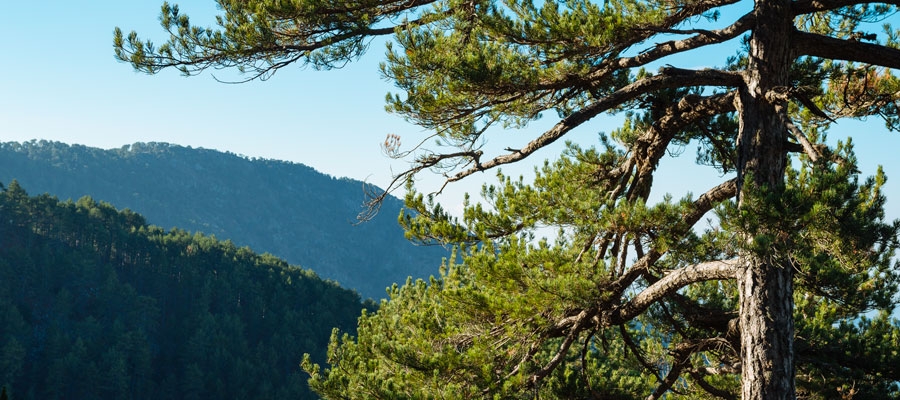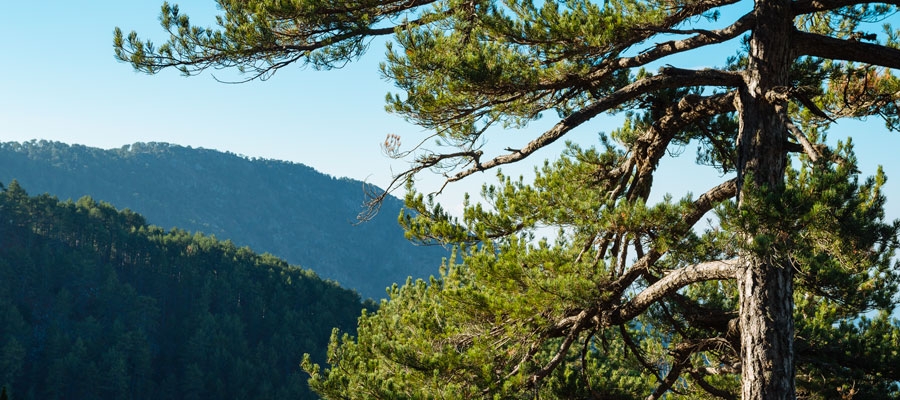Housed in an old traditional residence, Deryneia Folk Art Museum exhibits a collection of everyday agricultural tools and equipment used by traditional farming families of bygone times.
Located opposite is the Open Air Traditional Folk Art Museum which further showcases traditional professions in its exhibition rooms, including that of furniture and shoe maker, carpenter, tailor, blacksmith, builder, barber, sculptor, fisherman and farmer, among others. Exhibitions are also held on the grounds, along with civil marriages and other cultural events.
| Region: | Ammochostos (Famagusta) |
| Address: | Demetri Liberti 2 & 3, Deryneia village |
| Contact No: | Tel: +357 23 811 000 |
| Operating Hours: |
Winter: Monday – Saturday: 09:00 – 13:00 / 15:00 – 17:00 Summer: Monday – Saturday: 09:00 – 13:00 / 15:00 - 18:00 Closed on Sunday. |
| Operating Period: |
All year round. Closed on Public Holidays. |
| Entrance Fee: | €2,00 / Groups €1,00 (both museums) |
| Disabled Access: | Wheelchair accessible |
| Website: | www.visitfamagusta.com.cy |
| Opening and closing times as well as entrance fees, are subject to alterations without notice. Visitors are advised to check before visiting. |

